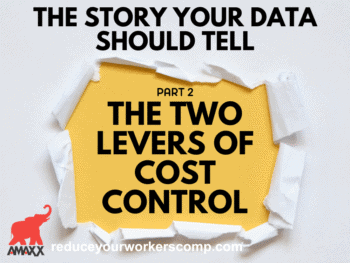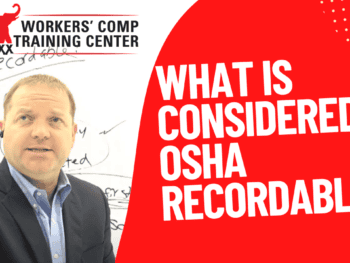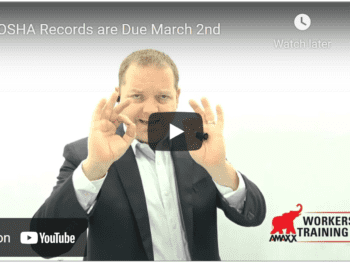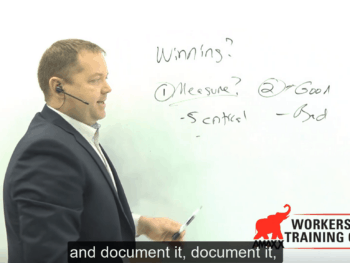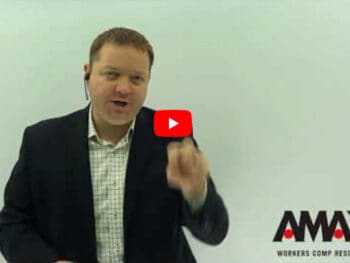Hey, there! Michael Stack, here, CEO of Amaxx.
Click Link to Access Free PDF Download
I want to talk with you today about a critical metric of your lag time reporting, what that means, and how to improve it.
Lag Time Defined
First, let’s talk about what lag time is. Now, this is the difference between when the time of the injury occurring, and the time it’s reported to your carrier, or TPA; so, when the time an injury happens, to the time it’s reported, to your carrier, or TPA. If the employee reports it to the supervisor, and the supervisor delays, and doesn’t report it to the carrier, or TPA, for another week or two, that’s lag time as well.
Impact of Lag Time on Litigation Rates
Let’s talk about what this now means, as far as predicting your claim outcome, of what actually happens on that claim. Now, much has been said about this, as far as lag time, and the impact it has on cost. But what I want to talk about today is the impact on litigation rates, as well, because when a claim gets litigated, all sorts of bad things have the higher potential of happening, as far as delayed claims, increased costs, et cetera.
I have these numbers up here: 23% increase, 87% increase, and 39% increase. This is a 23% increase in litigation rates. If there’s one week of delay of lag time, 23% increase after one week, 39% increase in litigation rates after two weeks, and 87% increase in litigation rates on claims after four weeks. (source: NCCI Research Brief, January 2015)
While we can’t predict the future, we can put ourselves in the best possible position to be successful to get those claims reported early.
That’s great. You may understand the philosophy. You may agree with that philosophy. But now, how do you do it?
FREE DOWNLOAD: “5 Critical Metrics To Measure Workers’ Comp Success”
Improve Workers’ Comp Lag Time With This Single Principle
Here’s the foundational principle that I want to resonate with you: it needs to be in the employee’s best interest to immediately report their claim. I’ll say that again. It needs to be in the employee’s best interest to immediately report their claim.
Now, a number of factors go into that: culture, and communication, and the way that you set things up. But if it’s not in the employee’s best interest to immediately report their claim, they’re not going to do it, or they’re not going to do it as often as they otherwise would.
Once you understand that foundational principle, the culture, or the impact it has on your employees, now you can implement tactics like injury triage. You can improve your communication. You can use an employee brochure. You can use different injury response tactics to now make sure that that, in the employee’s best interest, actually comes to fruition; and if it does, then the outcome of your claims, and the future of your claims, will be significantly improved.
Again, I’m Michael Stack, CEO of Amaxx; and remember your work today in Workers’ Compensation can have a dramatic impact on your company’s bottom line. But it will have a dramatic impact on someone’s life, so be great!

Contact: mstack@reduceyourworkerscomp.com.
Workers’ Comp Roundup Blog: https://blog.reduceyourworkerscomp.com/
©2018 Amaxx LLC. All rights reserved under International Copyright Law.
Do not use this information without independent verification. All state laws vary. You should consult with your insurance broker, attorney, or qualified professional.
FREE DOWNLOAD: “5 Critical Metrics To Measure Workers’ Comp Success”


